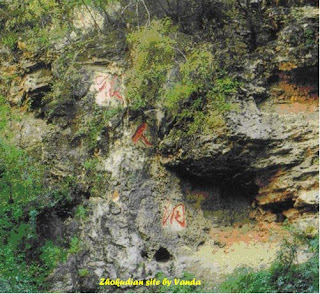Do you like to see "Panda" ? Wolong is the correct place to visit.
Wolong Natural Reserve is the largest and most important natural reserve of panda in China, Wolong Natural Reserve has always receiving great attention all over the world. It is the third largest natural reserve in China.
The Wolong Natural Reserve is situated in Aba autonomous region of Sichuan province, about 130 kilometers from Chengdu, the capital of Sichuan Province. The natural reserve was established in 1963, which is one of the earliest national comprehensive natural reserves of China. The natural reserve is in the embrace of high mountains, of which the highest one is the Siguniang Mountain on the southwest with an altitude of 6250 meters. In the area, trees are extremely flourishing and lush, with streams and rivers flow around.
The reserve is established to protect the national treasure of China "panda", which make the reserve prestigious throughout the world.
Wolong National Natural Reserve is home not only to the giant pandas but also to rare and endangered animals such as red panda, golden monkey, white-lipped deer, gnu and precious plants like yew and beech.
Wolong National Natural Reserve is a fairyland for tourists.
Wolong National Natural Reserve enjoys warm and humid climate favorable to bamboo, pandas' favorite food. At the same time, 101 mountains are above 5, 000 meters varying from 6, 250 meters to 1, 150 meters. These contribute to bio-diversity preservation as well as spectacular beauty of natural scene in Wolong National Natural Reserve.
The Wolong National Nature Reserve was badly damaged in the May 12 earthquake. For security reasons, the pandas have been moved to Bifeng Gorge Base of China Panda Protection and Research Center. They will come back to Wolong after it is repaired.
Fertile Natural Resources
With the geographical environment, complicated topographical features, and pleasant climate, Wolong National Nature Reserve is full of rare and precious plant species among which can be used as ingredients for traditional Chinese medicine. The beauty of Wolong Nature Reserve is not only the perfect place for the giant pandas to live, but also for visitors enjoy. The mountains in the area are covered with primitive forests, flowing springs, and large waterfalls. The snow covered mountains, with their ancient glaciers, offer the perfect backdrop for this pristine setting and make visiting this special place unforgettable. Most visitors to Wolong National Nature Reserve come to visit the giant panda, but find so much more.
Wolong Natural Reserve, including the Panda Research Center, has been largely devastated on 12 May 2008 by a catastrophic earthquake.Six pandas escaped after their enclosures were damaged.
















